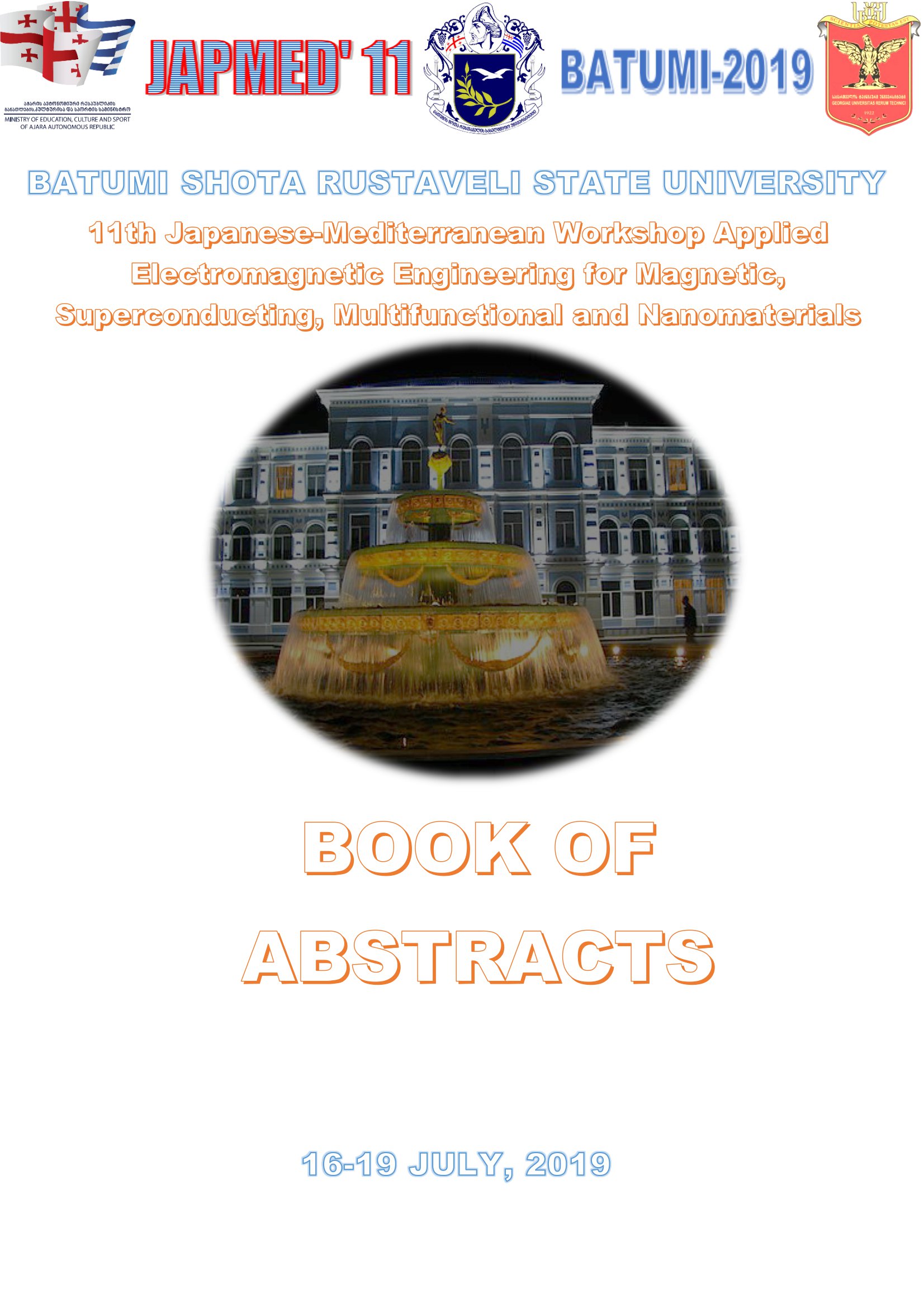THE EFFECT OF VELOCİTY, İMPERFECTİON AND MATERİAL MODELS ON THE CRUSHİNG OF ALUMİNUM CORRUGATED STRUCTURE
Main Article Content
Abstract
The velocity dependent crushing stress of metallic cellular structures including Al foams, honeycombs and corrugated structures has been on the focus of scientific interest as their applications are widening into automobile and aerospace industries. They are widely used as core in sandwich structures to improve overall performance of sandwiches and also absorb part of impact energies. The strain dependent crushing stress of these materials is well known and the examples are found in refs. [1-5]. Briefly, the strain rate sensitivity of metallic cellular structures are due to compressed air in between crushed/bent/folded cells, the strain rate sensitivity of cell wall material, the micro-inertia of cell wall bending and inertia/shock formation [6]. The strain rate sensitivity of cell wall material increases the crushing stress of metallic cellular structures at increasing impact velocities [7, 8]. Similarly, the micro-inertia referred to as the delay of overall cell wall buckling increases cell wall buckling loads at increasing velocities [9, 10]. The shock mode of deformation however appears above a critical velocity with an indication of higher impact-end stress than distal-end stress. The difference between impact-end and distal-end stress increases as impact velocity increases above the critical velocity for shock formation [4, 5]. The velocity-dependent deformation behavior of Al closed and open-cell foams, Al honeycombs and Al single- and double-layer corrugated cores were previously determined experimentally and numerically [5, 11-21]. However, the effect of imperfections on cell walls and the cell-wall material mechanical behavior on the crushing behavior have not been fully investigated and fully understood, yet. In this study the quasi-static compression (0.0048 m s-1) and direct and Taylor-like (20-200 m
s-1) impact loading of a multilayer 1050 H14 aluminum corrugated core were investigated both experimentally and numerically in LS-DYNA using the perfect and imperfect sample models with perfect, strain hardening and strain rate hardening material models.
In the imperfect sample models, one- or two- layer of corrugated fin structure were replaced by the fin layers made of bent-type cell
walls. The localized deformation in the quasi-static imperfect models of cylindrical sample started at the imperfect layers, the same as the tests, and the layers were compressed until about the densification strain in a step-wise fashion.
The localized deformation in the perfect models; however, started at the layers at and near the top and bottom of the test sample. In the shock mode, the sample crushed sequentially starting at the impact end layer regardless the perfect or imperfect sample models were used. Furthermore, the perfect and imperfect models resulted in nearly the same initial crushing stresses in the shock mode. The layer strain histories revealed a velocity-dependent layer densification strain. Both model types, the imperfect and perfect, well approximated the stress-time histories and layer deformations of the shock mode. The r-p-p-l model based on the numerically determined densification strains also showed well agreements with the experimental and numerical plateau stresses of the shock mode. The increase of velocity from quasi-static to 20 m s-1 also increased the numerical distal-end initial peak-stress in the direct impact tests, while it almost stayed constant between 20 and 250 m s-1 for all material models.
The increased distal-end initial peak-stress of strain rate insensitive models from quasi-static to 20 m s-1 confirmed the effect of micro-inertia. The numerical models further indicated a negligible effect of used material models on the impact-end stress of investigated structure. Finally, the contribution of strain rate to the distal-end initial peak-stress of cellular structures made of low strain rate sensitive Al alloys was shown to be relatively low as compared with that of strain hardening and micro-inertia, but it might be substantial for the structures constructed using relatively high strain rate sensitive alloys.
